When it comes to quality, popularity, and global renown, especially for alcoholic beverages, it doesn’t get any better than Rolling Rock Beer. Latrobe Brewing Company initially founded the brand, which Anheuser-Busch InBev later acquired.
While the company manufactured and sold different types of alcoholic drinks, it launched the Rolling Rock brand more than eight decades ago, in 1939. The beer instantly became a hit nationwide thanks to its unique brewing techniques, ingredients, and nostalgic taste.
From its historic and tumultuous start in Latrobe, Pennsylvania, to its acquisition decades later by an even more prominent and renowned beverage conglomerate, Rolling Rock’s history is impressive and intriguing – just like how the beverage tastes.
In light of this, let’s take a comprehensive dive into who owns Rolling Rock Beer, its origins, a multinational giant acquired it, and how it was known for its impeccable craftsmanship, innovation, and dedication to producing classic and memorable beer.
Taking a Short and Crisp Glimpse into the Interesting Origins of Rolling Rock
Rolling Rock initially started manufacturing when the United States of America was going through a controversial prohibition era.
The federal government altogether banned the brewing and manufacturing of any alcoholic beverage at the time. Anyone caught would be incarcerated or fined without question.
However, Rolling Rock came into existence when the Tito family acquired the famous brewing company known as Latrobe Brewing in Pennsylvania. The family reckoned that the prohibition period might end soon, so they started brewing beer and propelling their business venture.
Among the family members, the key owners included four brothers named Anthony, Robert, Frank, and Ralph. As they surmised, the prohibition period ended throughout the nation in 1933, green-lighting their business operations.
Six years after they began brewing Beer, they eventually formulated the perfect beer recipe, labeling it Rolling Beer. The brother marketed the beer, and during the early 70s, Rolling Beer became a household name across North America.
Two decades after the brand achieved phenomenal popularity, the Latrobe Brewing Company was ranked as the 8th biggest brewing facility in the nation in the nineteens.
Anheuser-Busch Acquiring Rolling Beer Company
In 2006 Anheuser-Busch, the world’s biggest US-based alcoholic beverage company, acquired the Rolling Rock beer, 67 years after its launch. Anheuser-Busch sells a variety of some of the globe’s most popular and loved drinks.
Both InBev and Anheuser-Busch formed a powerful partnership to propel their market share further and become more dominant brewers and retailers of alcoholic drinks.
Anheuser-Busch acquired Rolling Rock Beer for $82 million, adding the brand to a litany of other renowned drinks available worldwide to billions of consumers. The company also bought the rights to the recipe of the Rolling Rock beer as well.
The famous Latrobe Brewing Company introduced Rolling Rock in the US in 1939. However, in 1987, another well-known brewer, InBev Labatt, bought it.
The classic extra pale lager is loved for its great taste, superior ingredients, and unique and instantly recognizable green bottle.
With Anheuser-Busch acquiring Rolling Rock, the brand became a part of an extensive catalog of some of the world’s most popular American and international drinks, such as Bud Light and Budweiser.
In addition, the conglomerate also enjoys a 50% share in another renowned overseas brewer known as Grupo Modelo (a Mexican brewing giant).
Moreover, Anheuser-Busch owns a 27% share in China’s Tsingtao, the country’s top brewer. Before you understand who owns Rolling Rock Beer, it is vital to know that Anheuser-Busch was also ranked the number one beverage organization in the 2006 edition of Fortune Magazine.
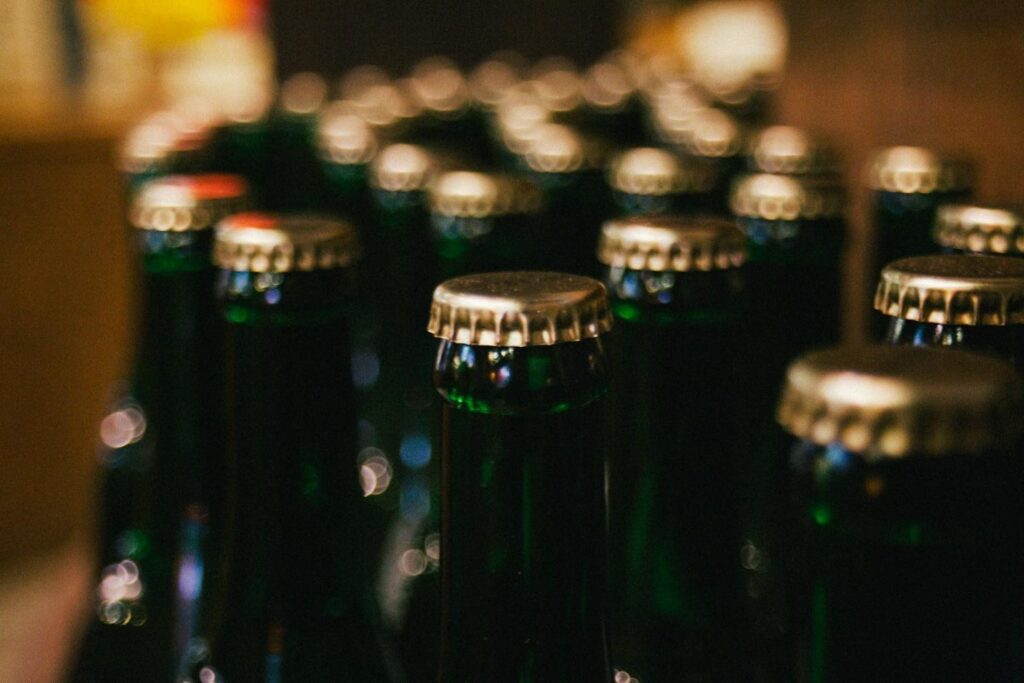
Image Credit: Thanh Serious
Looking Into The Intriguing Brewing Methodology of Rolling Rock Beer and The Ingredients the Brand Uses
One of the main reasons Rolling Rock beer became so instantly popular is the brand’s dedication to using top-notch ingredients and implementing a meticulous brewing process.
When it comes to knowing who owns Rolling Rock Beer, it is also essential to understand that the company uses a unique brewing strategy that only a few companies use. The technique is called fire-brewing, where high temperatures heat the ingredients such as malt and hops in a kettle, which is then placed atop a flame.
This technique gives the beer its tantalizing and unique taste, enhances the flavor profile, and makes the beverage more crisp and refreshing to drink than other beer brands.
In addition, the company utilizes top-notch ingredients such as quality rice, pale barley malt, and hops.
These ingredients are sourced from high-quality vendors to guarantee everlasting taste and exceptional quality.
Rolling Rock’s Place in the Modern Era of Craft Beer: How the Company Adapted and Innovated
While the world of beer brewing was transitioning to craft brewing processes as a form of evolution, Rolling Rock was facing and overcoming obstacles to cement its legacy and relevance. It had to compete fiercely for popularity and reputation.
As craft beer was propelling in likeness, taste, and prominence, Rolling Rock (a traditional brewery) had to succumb to the growing demand of its target audience to meet their expectations. However, it still did not change how it brewed its tasty beer.
Instead, the company sought to introduce a variety of other alcoholic beverages, more specifically, the craft beer versions of the Rolling Rock beer, known as the Rolling Rock Amber Lager.
This way, the company struck two sticks with one stone, appeasing traditional beer lovers and appealing to the taste buds of consumers who preferred craft beer over conventional beer.
By strategically adapting to modern trends and innovating their formulations, Rolling Rock ingeniously navigated the waves of change and prominently carved out a place for the brand in the craft beer era.
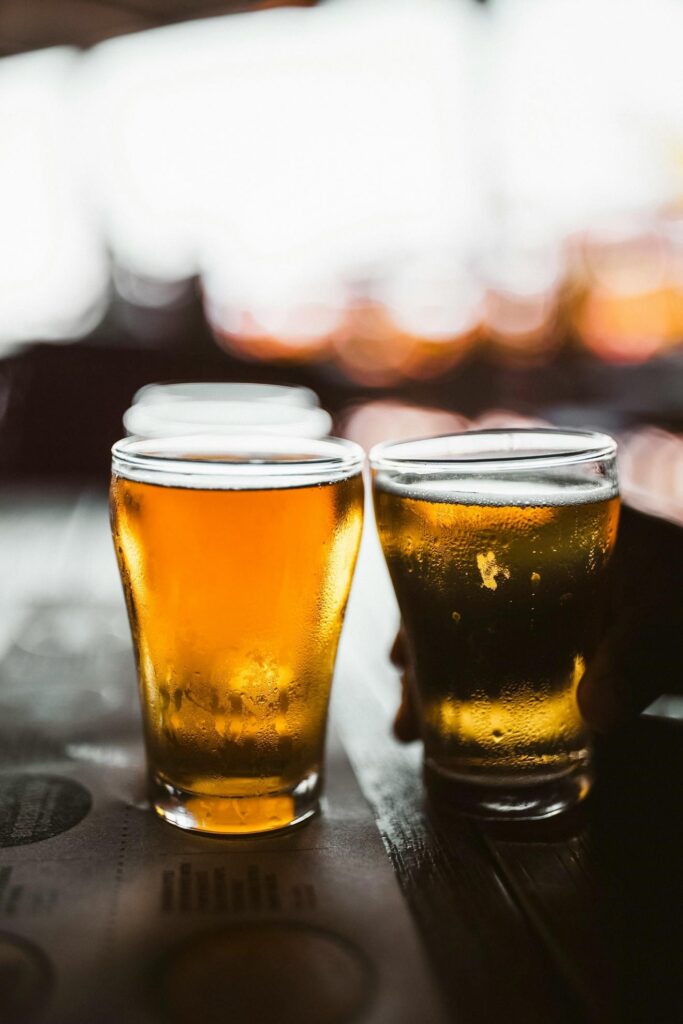
Image Credit: Teo Do Rio
Innovative Marketing Strategies
While thriving and adapting to changing trends and consumer preferences, Rolling Rock realized that it was still behind some of the world’s best-known and loved beer brands. Therefore, it constantly innovated its marketing to gain a favorable market share.
One ingenious way the company appealed to its target audiences was by resorting to sustainable development to fight global warming.
The company achieved that by halting the production of printed labels on their cans and bottles. Rolling Rock started to print its company logo on glass bottles and cans. In 2017, the company saw substantial profit margins, and its sales grew by more than 8%, selling more than 15 million beer cases in the US alone.
References & more information
- McMillan, T. Beer Through The Ages: Rolling Rock.
- Beer, C. (2024). Who Makes Rolling Rock Beer?
- Chief Marketer Staff. (2006). Anheuser-Busch Buys Rolling Rock For $82 Million.
- Swartz. K. (2017). Here’s How Much Big Beer’s Premium Brands Shrunk in 2016.
- Beer Glass Image by Teo Do Rio
- Feature Image by Giovanna Gomes
- Bottles Image by Thanh Serious
Tell us what you think? Did you find this article interesting?
Share your thoughts and experiences in the comments section below.

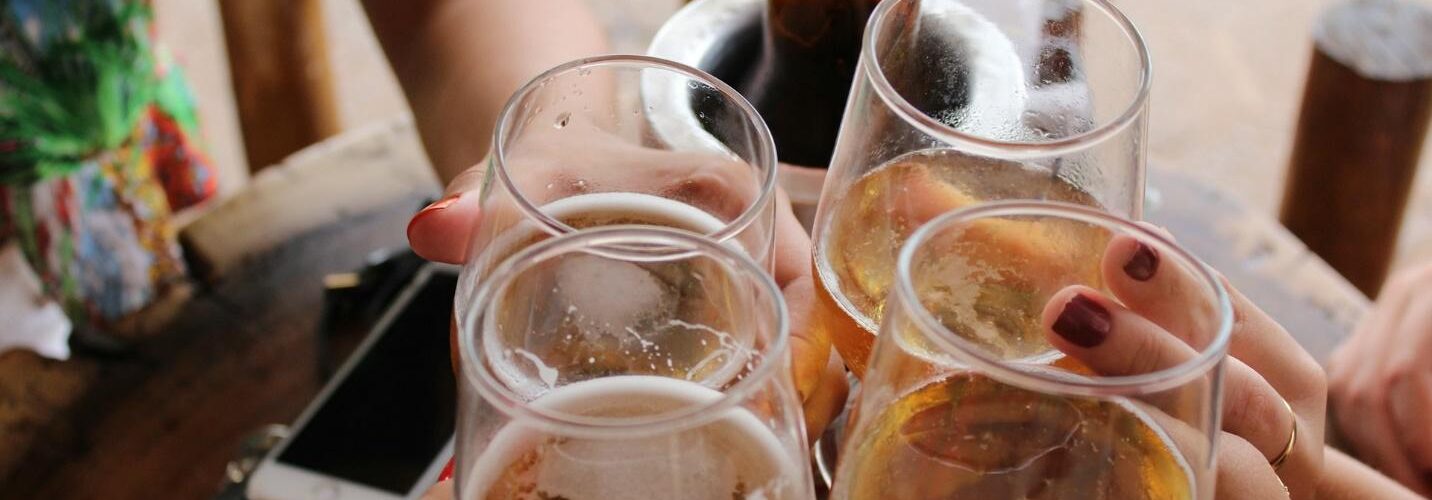


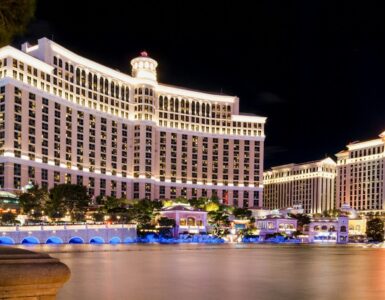
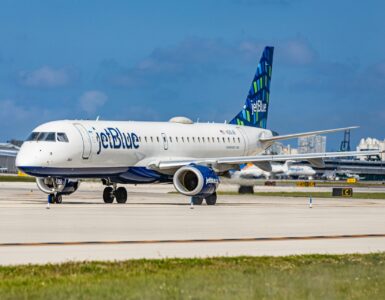


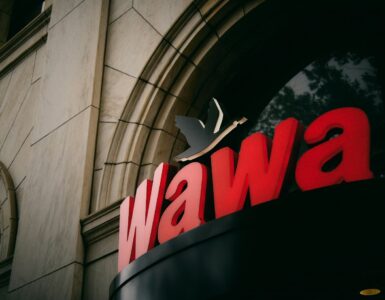

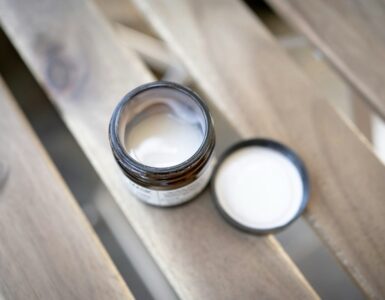

Add comment